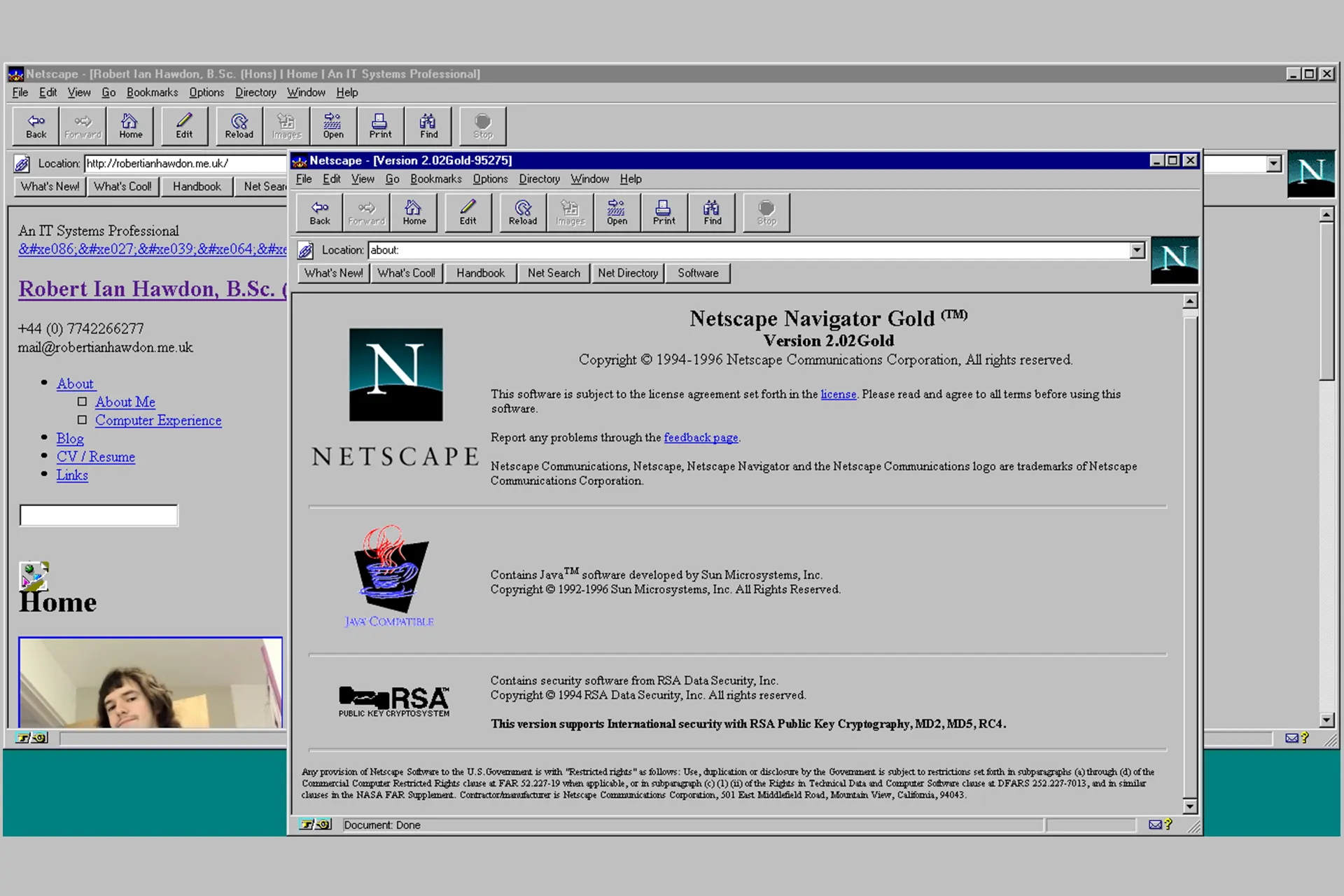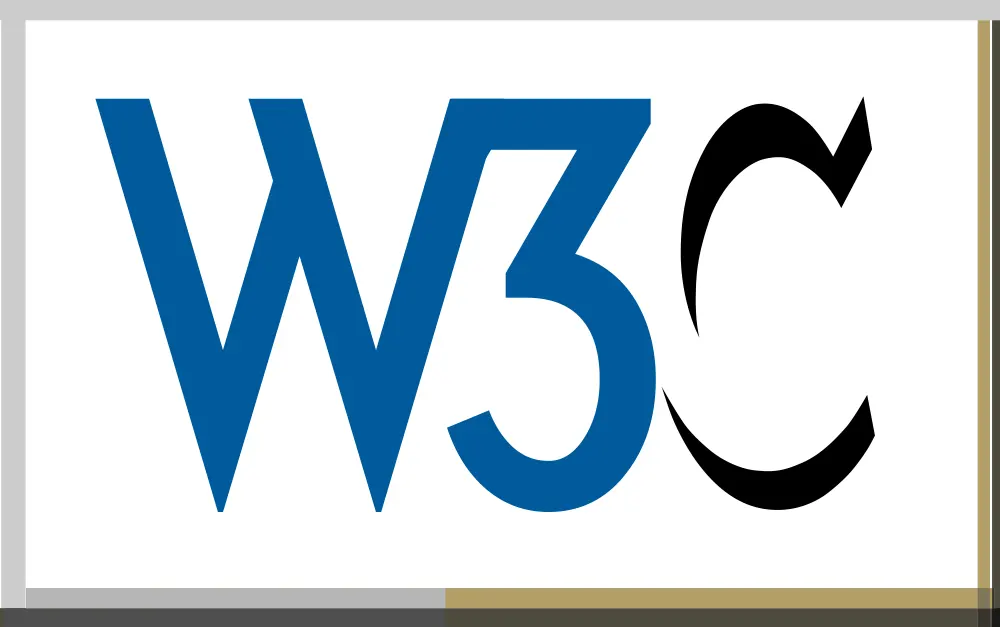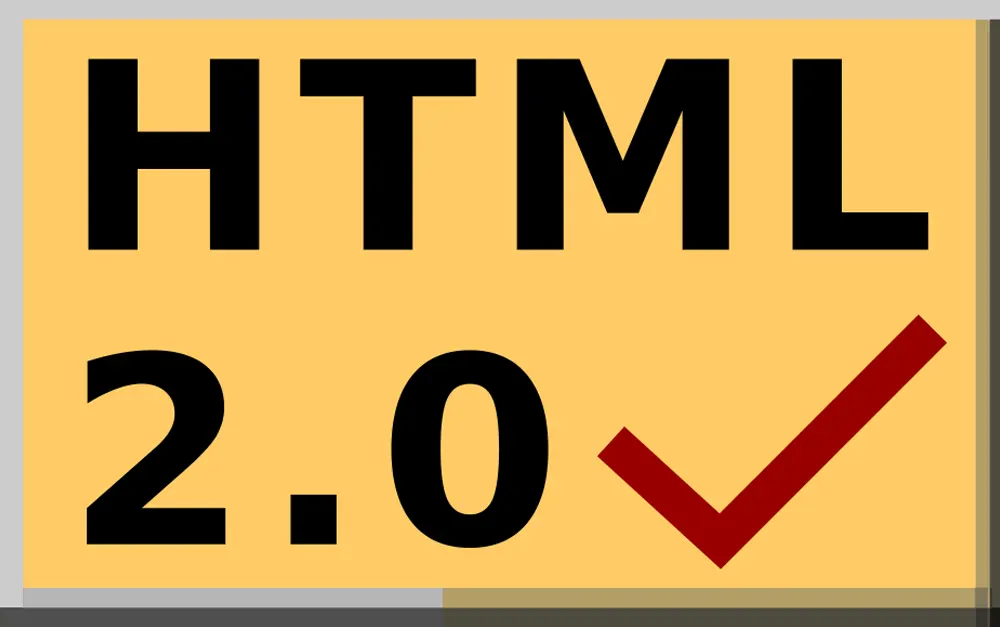
HTML 2.0
The year 1995 marked a significant turning point in website design with the introduction of HTML 2.0. This new version allowed for the inclusion of graphics, forms, and tables, giving web designers more creative freedom in crafting layouts and structuring information. Another major development in 1995 was the arrival of JavaScript. This scripting language breathed life into static websites by enabling basic interactivity and animations. By the late 90s, Macromedia Flash emerged as a popular tool for web design. Flash allowed for the incorporation of rich multimedia elements like animations and video, creating more visually engaging and interactive websites. However, Flash also had drawbacks, such as slow loading times and compatibility issues.


Search Engine Optimization
This period also saw the birth of Search Engine Optimization (SEO) in 1998. As the web became more populated with websites, the need to improve search engine ranking and visibility grew. Website owners began to optimize their content with relevant keywords to attract more visitors through search engines.



